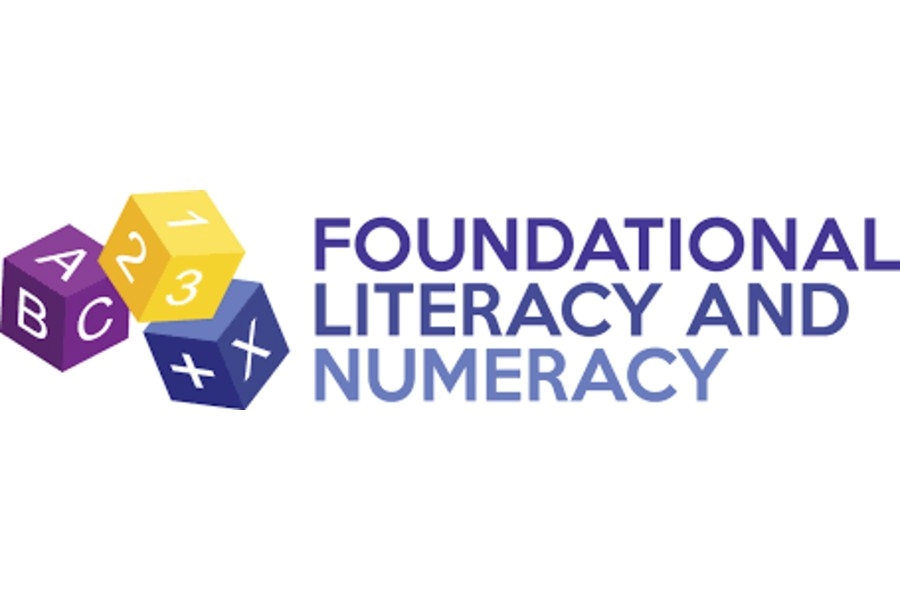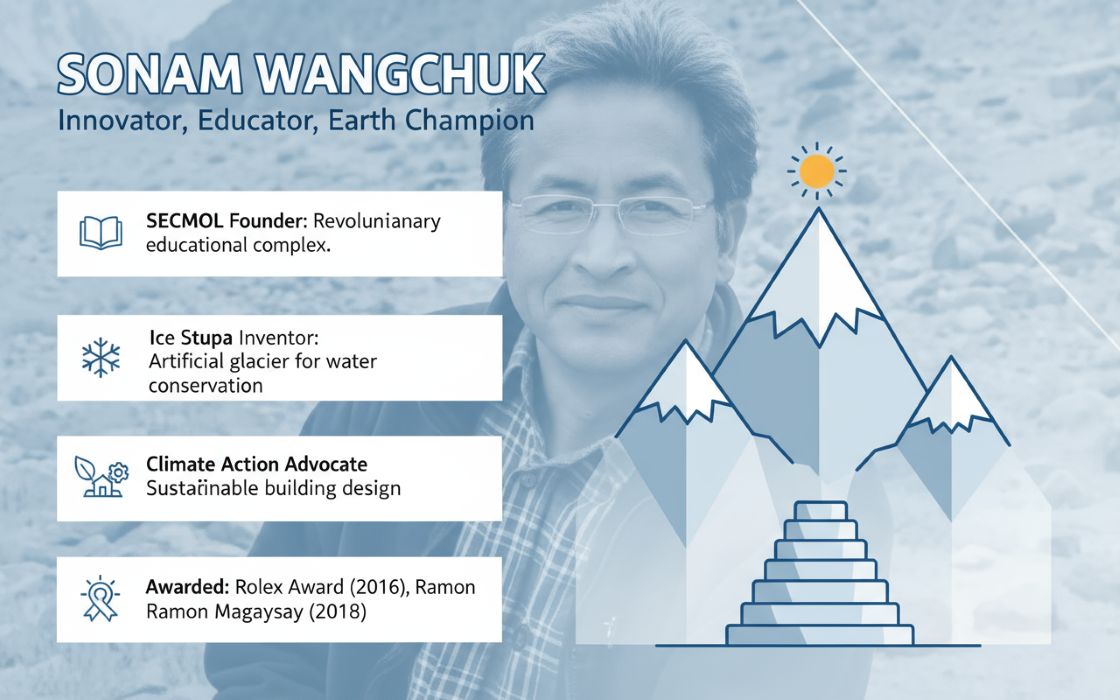Despite India’s rapid growth, rural and semi-urban households continue to face a severe credit gap, limiting their ability to build sustainable livelihoods. Traditional finance has struggled to serve this segment, leaving millions—especially women entrepreneurs—outside the fold of formal credit.
IndiaP2P, an RBI-certified peer-to-peer lending platform, is attempting to change this. In FY25, over 99% of its loans were disbursed in non-urban regions, with 78% directed to women borrowers. Three out of four loans funded income-generating activities, and nearly all borrowers were self-employed—underscoring how credit, when delivered responsibly, can catalyze real economic resilience. With an average loan size under ₹2 lakh, IndiaP2P is unlocking opportunities for households often excluded from traditional banking, while aligning its work with five UN Sustainable Development Goals, including No Poverty, Gender Equality, and Decent Work & Economic Growth.
In this conversation with TheCSRUniverse, Ms. Neha Juneja, Serial Entrepreneur & Startup Leader and Founder of IndiaP2P, shares how her team is building a new model of responsible lending—one that goes beyond credit scores, prioritizes borrower success, and shows why inclusive finance can be one of the most powerful levers for long-term social transformation.
Scroll down to learn more.
Q. IndiaP2P operates in a unique space as an RBI-certified peer-to-peer lending platform. Could you start by explaining how your model works and what sets it apart from traditional microfinance or NBFC models when it comes to rural financial inclusion?
A. Our model differs on two counts. Firstly, we unlock capital for lending from retail investors/lenders, an otherwise untapped source. To bridge India’s notorious credit gap (our credit to GDP ratio stands at 55% compared to a global average of 148%) it is critical that we have more efficient credit pathways and unlock private sector capital towards the same.
Secondly, unlike traditional microfinance NBFCs, we offer customized products to borrowers i.e. undertake individual underwriting. Our onboarding processes are designed to work for women (without excluding men). This is why despite no specific call for women borrowers, we maintain the highest proportion of incoming, qualified women borrowers in the industry.
Q. Can you share the total loans disbursed, number of borrowers, and average loan size in FY25? How does it compare to FY24
A. We offer loans between ₹50,000–₹1.25 lakh, with the average ticket size showing an increase over FY24.
Q. How many of your borrowers in FY25 were first-time borrowers or previously unbanked individuals?
A. Since we serve retail lenders (i.e., individual investors) on one side, it is important for us to mitigate lending risks. That’s why nearly all our borrowers have some prior borrowing experience, and the number of first-time borrowers is limited. It is worth noting, however, that for many, we are their first individual loan provider.
Q. Could you share a couple of borrower stories that illustrate how IndiaP2P loans have transformed livelihoods, particularly among women entrepreneurs or micro-enterprises?
A. Absolutely. Take the stories of Saraswathi and Ganga, two inspiring women entrepreneurs from Andhra Pradesh, as examples of what access to timely credit can truly unlock.
Saraswathi, a 34-year-old entrepreneur from Naidupeta, runs a Kalamkari handloom printing business. She began her journey three years ago, selling her creations in her local neighbourhood while teaching herself techniques through YouTube. Without any formal credit history, she initially ran her business on a very small scale until a friend introduced her to IndiaP2P. Through a quick and fully digital process, she secured a loan that allowed her to purchase raw materials in bulk for the first time. In just nine months, she expanded her operations, hired 10 women, and began selling through digital platforms—reviving a traditional art form while creating meaningful livelihoods in her community.
Then there’s Ganga from Tirupati, who has been weaving baskets since the age of 12. As a single mother raising two sons, she turned her skill into a business, House of Baskets, using recycled and upcycled plastic waste to create durable, eco-friendly products. Like Saraswathi, Ganga had never accessed formal credit before. The loan from IndiaP2P helped her buy raw materials at scale and fulfil larger orders, giving her the confidence to step into e-commerce and build a more stable future for her family.
These stories show that when women—especially first-time borrowers from low-income and rural backgrounds—are given access to responsible credit, it doesn’t just grow businesses; it builds resilience, independence, and community impact.
Q. Of the 75% of loans funding income-generating activities, have you tracked improvements in household income, education, or health indicators?
A. While we currently do not track education or health indicators directly, we have meaningful data on business income growth. Our findings show that successful borrowers can increase their business incomes by 25–37% with just a single loan cycle. This significant improvement demonstrates how access to timely credit enables entrepreneurs—especially women—to invest in inventory, expand services, or access better markets, which directly contributes to improved household resilience and prosperity. Over time, such income growth can have secondary positive effects on children’s education and healthcare access, even though we do not yet have formal metrics to report these linkages. This outcome underscores why credit is one of the most powerful levers for fostering inclusive economic growth.
Q. How do you ensure borrowers are not overburdened by debt and can repay comfortably? How does your underwriting model support long-term borrower success?
A. Our entire success as a platform depends on borrowers’ ability to repay on time, which makes responsible lending a core part of our operations. We employ a carefully designed underwriting model that assesses Fixed Obligation to Income Ratio (FOIR) to understand a borrower’s existing debt commitments and repayment capacity. Additionally, we consider seasonality of income, particularly relevant for small businesses and agricultural borrowers whose earnings may fluctuate during the year.
Loan structures, including EMIs, are tailored to these realities to ensure that repayments are manageable and sustainable. Beyond initial underwriting, we continuously monitor repayment patterns to proactively identify stress and support borrowers where needed. This approach not only prevents over-indebtedness but also builds long-term borrower success and trust in the formal credit system.
Q. Have you partnered with NGOs, corporates, or government programs to build borrower capacity, offer mentoring, or deepen rural outreach?
A. Currently, we have not partnered with NGOs, corporates, or government programs for borrower capacity-building or mentoring initiatives. However, we recognize the value such collaborations can bring—whether it is financial literacy training, market access, or skill development—and are exploring opportunities to integrate these partnerships into our growth strategy.
Q. How do you track and report your alignment with the UN SDGs and broader CSR objectives? Are there any specific metrics or frameworks you use to communicate impact to stakeholders?
A. We systematically measure and report our impact in alignment with UN SDGs 1 (No Poverty), 5 (Gender Equality), 8 (Decent Work and Economic Growth), 9 (Industry, Innovation, and Infrastructure), and 10 (Reduced Inequalities). Impact measurement is embedded into our operations by tracking borrowers’ income levels, gender representation, geographic location, and other key demographics.
These insights are consolidated into regular reports for stakeholders, enabling us to transparently demonstrate how IndiaP2P’s activities contribute to inclusive and sustainable economic development.
Q. How do you help borrowers graduate from micro-loans to financial independence? Is there a pathway for upscaling loan sizes or continued support as their businesses grow?
A. Yes, this is a critical aspect of our mission. Borrowers who demonstrate repayment discipline and strong business performance become eligible for progressively larger loans, enabling them to scale their enterprises further. This step-up approach provides a structured pathway from micro-loans to larger, more growth-oriented financing, ultimately helping borrowers transition toward long-term financial independence and access to mainstream financial products.
Q. What is IndiaP2P’s roadmap for geographic or sectoral expansion in FY26? Are there specific sectors (e.g., agriculture, renewable energy, women collectives) you aim to prioritize for deeper impact?
A. In FY26-27 we plan to double our branch presence over the next 12–16 months, expanding our ability to serve rural and semi-urban borrowers more effectively.
Strategically, we aim to increase lending in distributed renewable energy and other climate-positive sectors, reflecting our commitment to sustainability and resilience in rural communities. These sectors not only align with global climate goals but also offer income-enhancing opportunities for borrowers, particularly women-led businesses and collective enterprises.

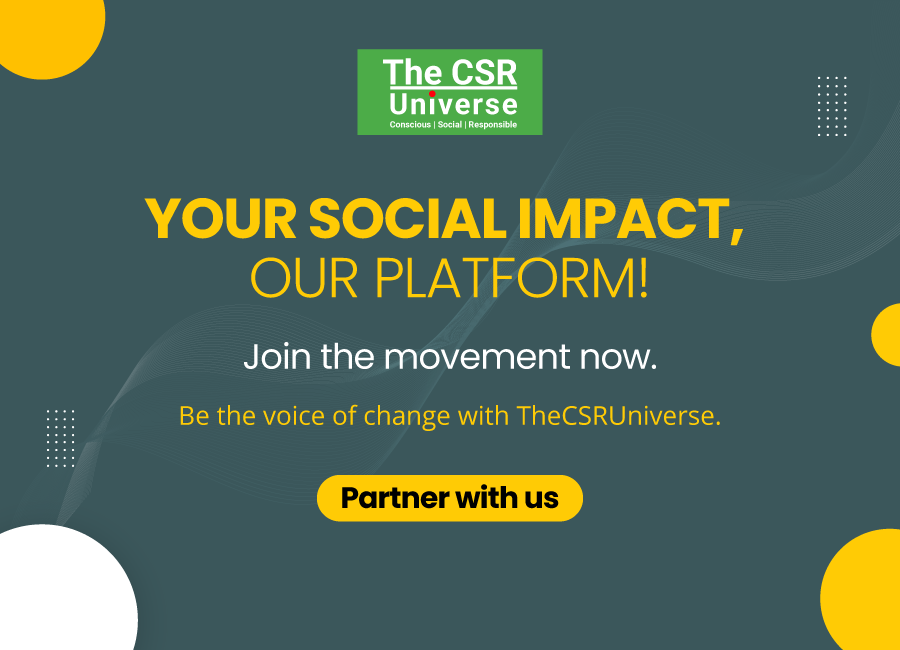

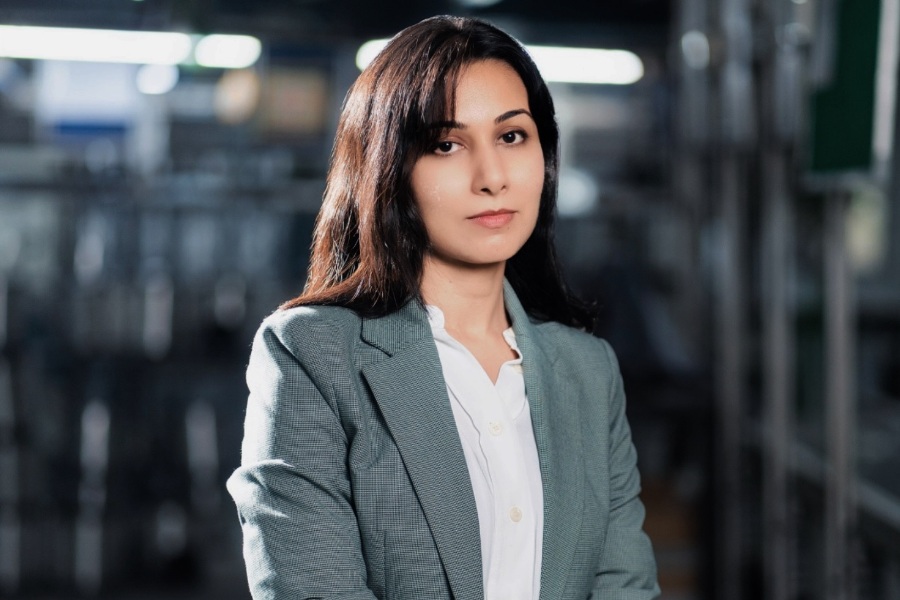
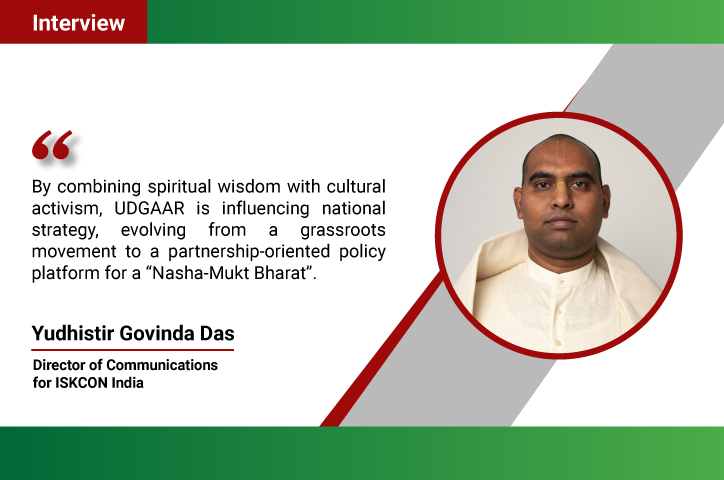

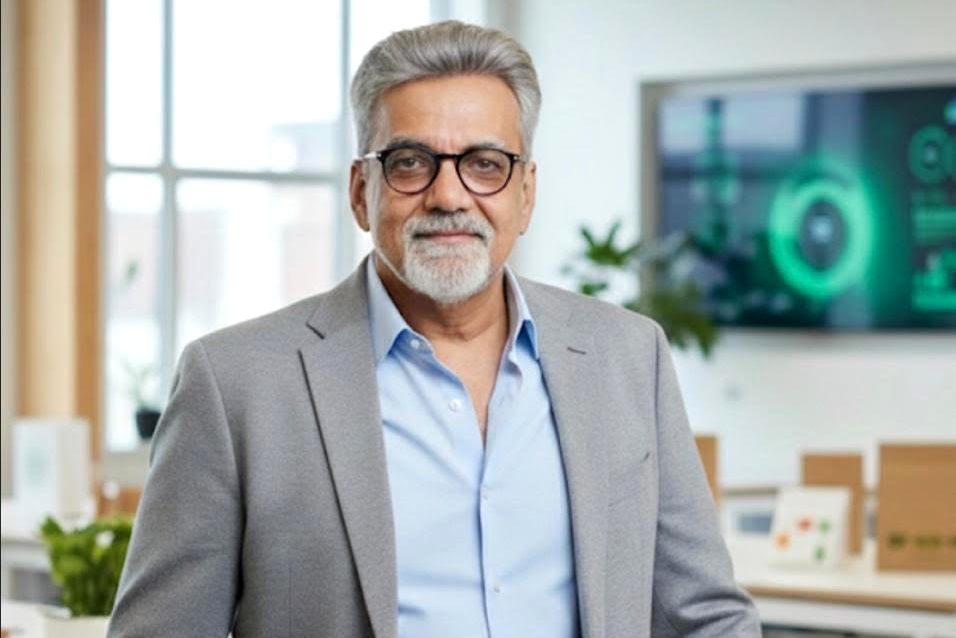

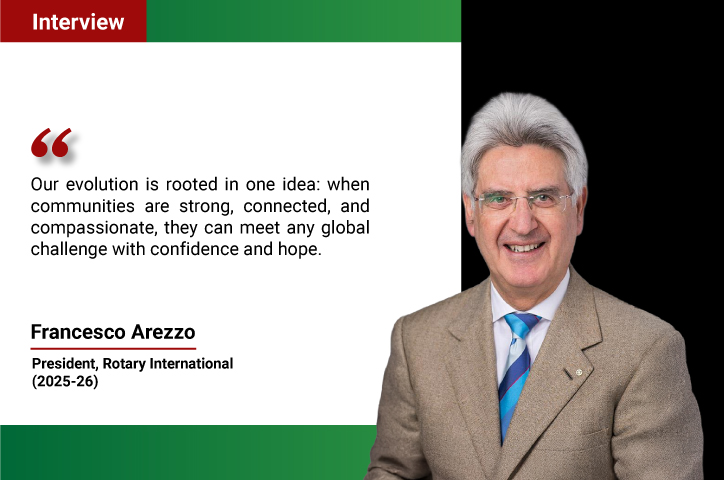


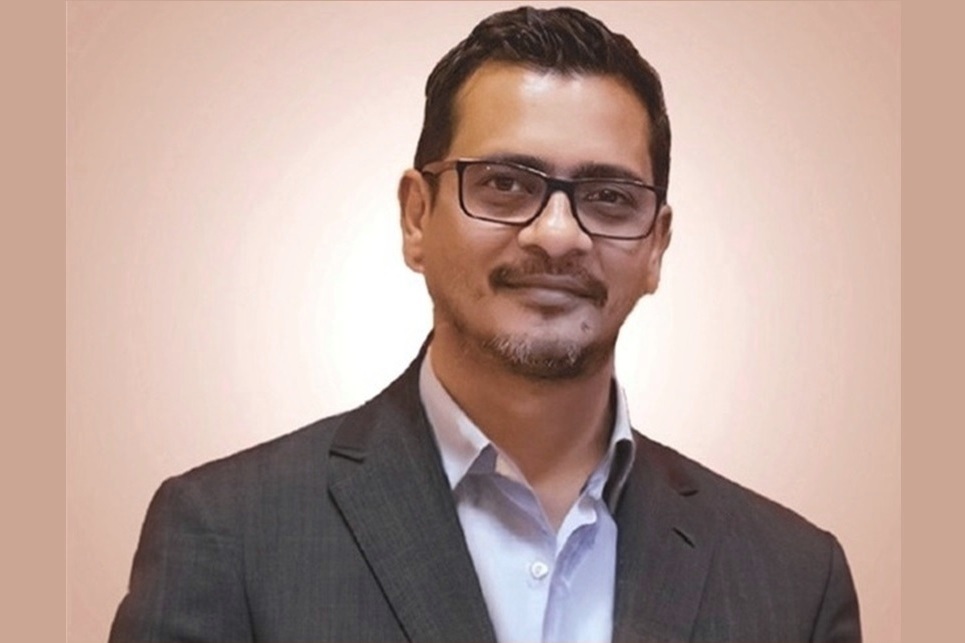

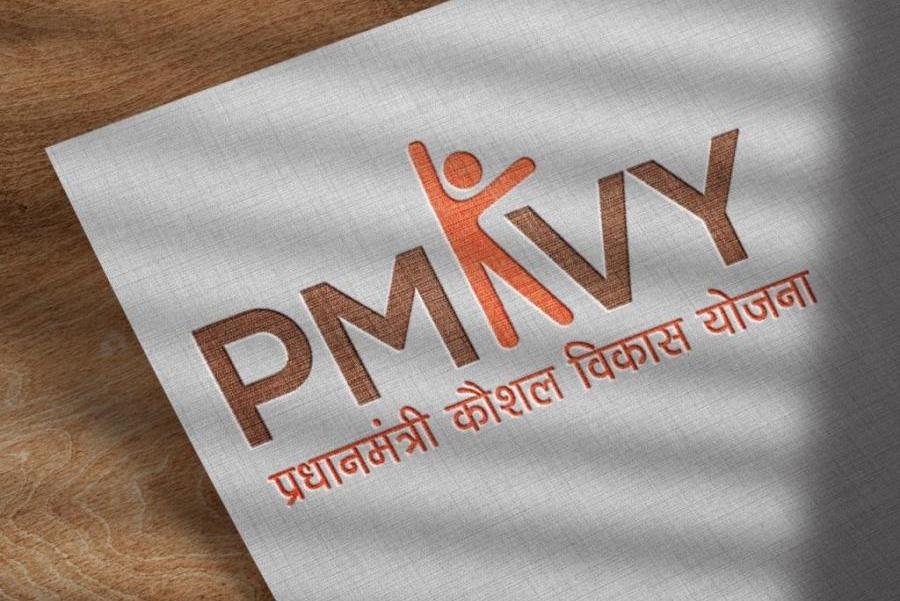
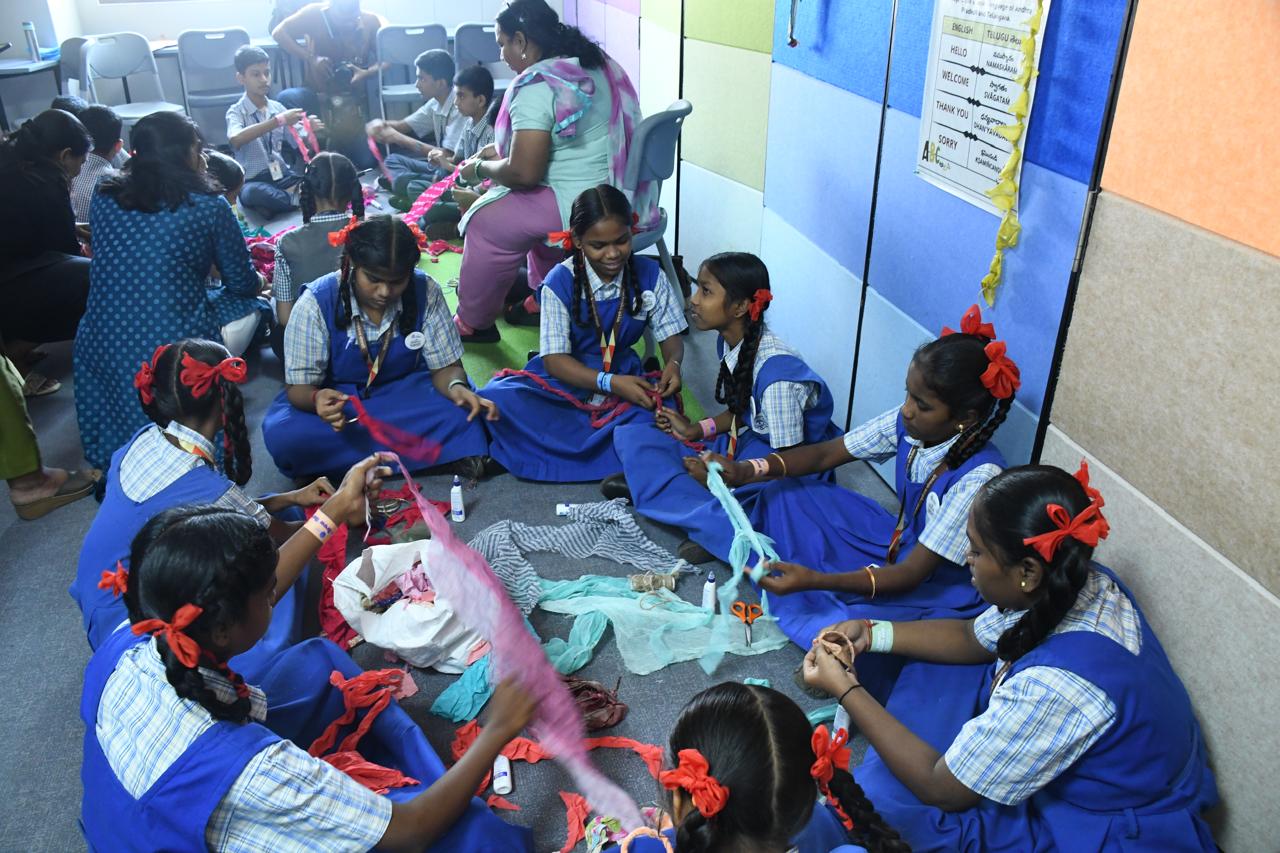
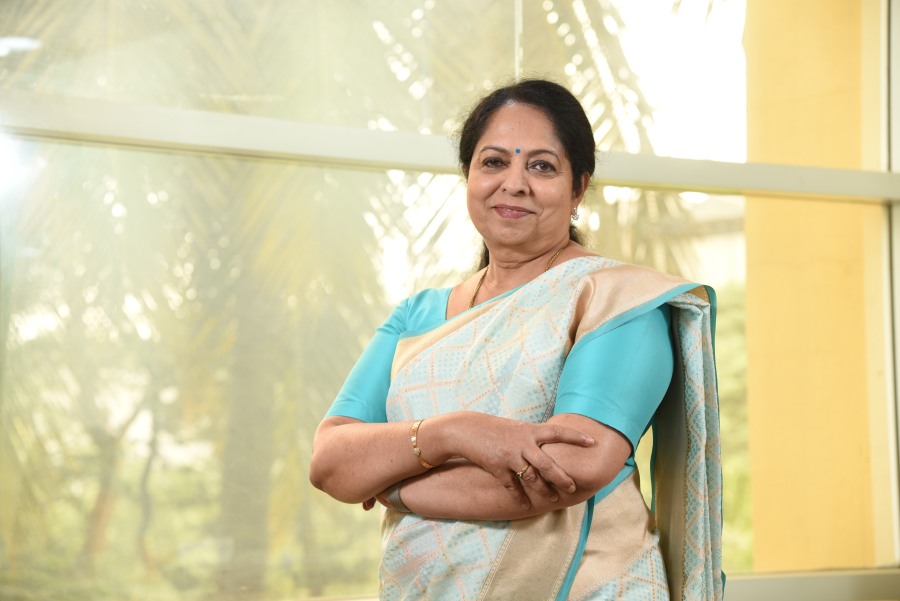
.jpg)
